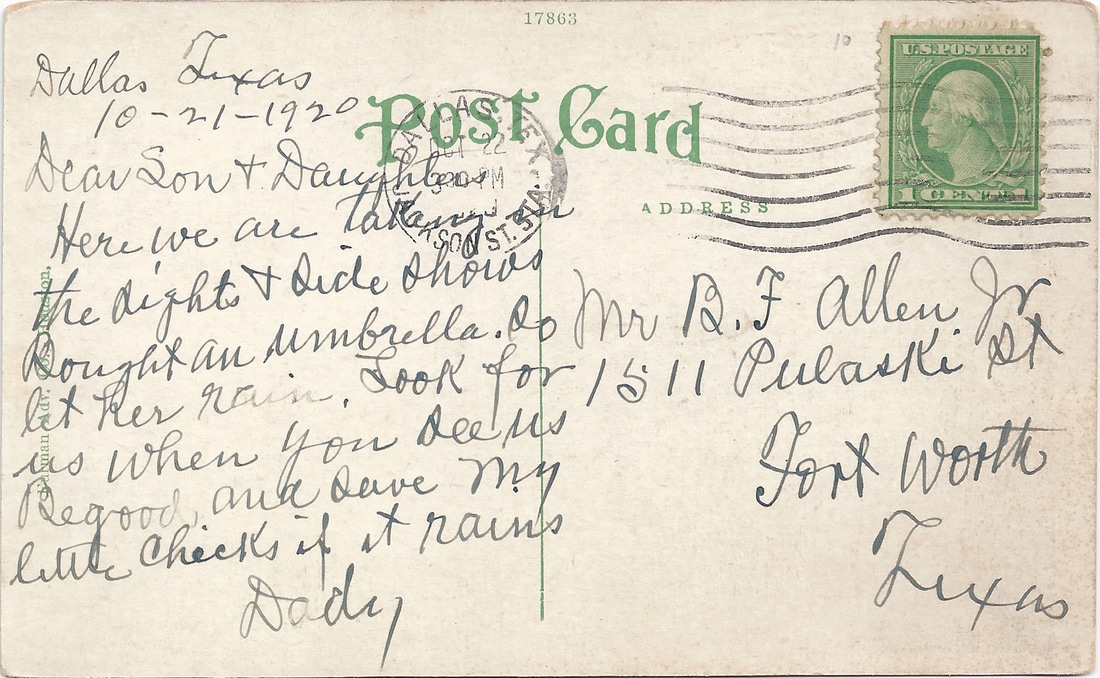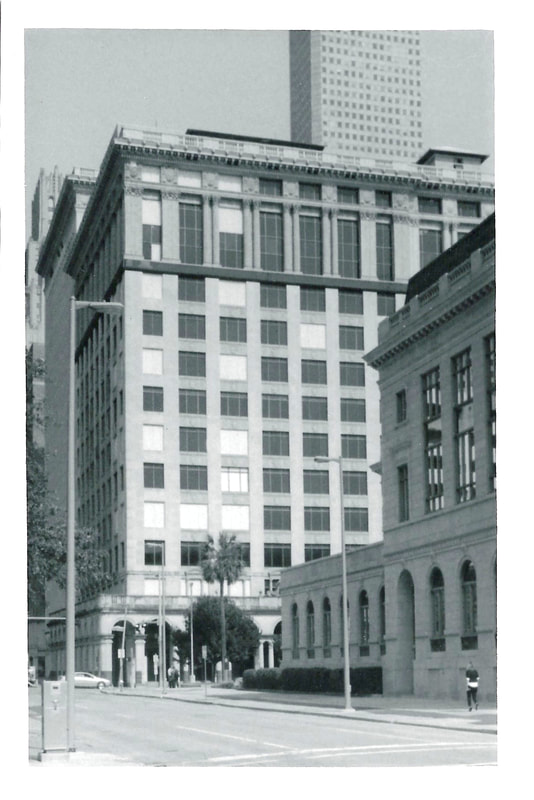Texaco Building
|
22 October 1920: The Texas Oil Company was founded in Beaumont in 1902 after the Spindletop oil discovery. In 1914 they became the first oil company to move their headquarters to Houston, beginning a century of dominance of the industry in the local economy. The Texas Company Building (1915) was designed by Warren and Wetmore, who had completed New York’s Grand Central Terminal in 1913. The covered sidewalks so typical of Houston in the early 20th century were rendered in vaulted limestone arcades supported by limestone columns armored with the Texas Company logo, a five pointed star that would become emblematic of the corporation.
|
14 May 2019: Three bays in the same style were added by the original architects in 1936 along San Jacinto Street (right). In 1960 an adjoining building on Rusk Avenue (left) was added in a more contemporary style. The Texaco Building was abandoned in 1989, and lay a steadily decaying building for decades as Houstonians wondered if the grand structure would ever be brought to life again. Renovations started in 2013, and it is now The Star rental apartments, named of course, for the the Texaco Company logo.
Behind it on the left can be seen the Texas State Hotel (now Club Quarters Hotel), 16 stories designed by Joseph Finger in 1925. Taller still is the Gulf Building at 36 stories designed by Alfred C. Finn in 1929, long the tallest building in Houston. That distinction is currently held by the J. P. Morgan Chase Building, here hovering above the Texaco Building. Designed by I. M. Pei, it was finished in 1982 with 75 floors. Finally to the right, the glassy tower is 609 Building (Hines North Tower, Block 69) finished out at 48 stories in 2017. Intruding at ground level on the right is a wing of the Sam Houston Post Office (1911), once the working home of Thomas William House, Jr., named in 1913 as Houston's postmaster by President Woodrow Wilson. |


